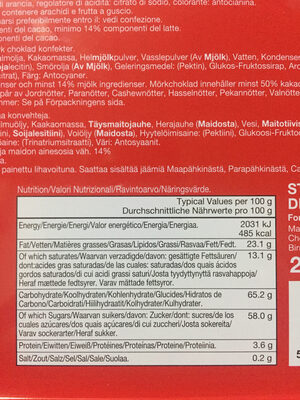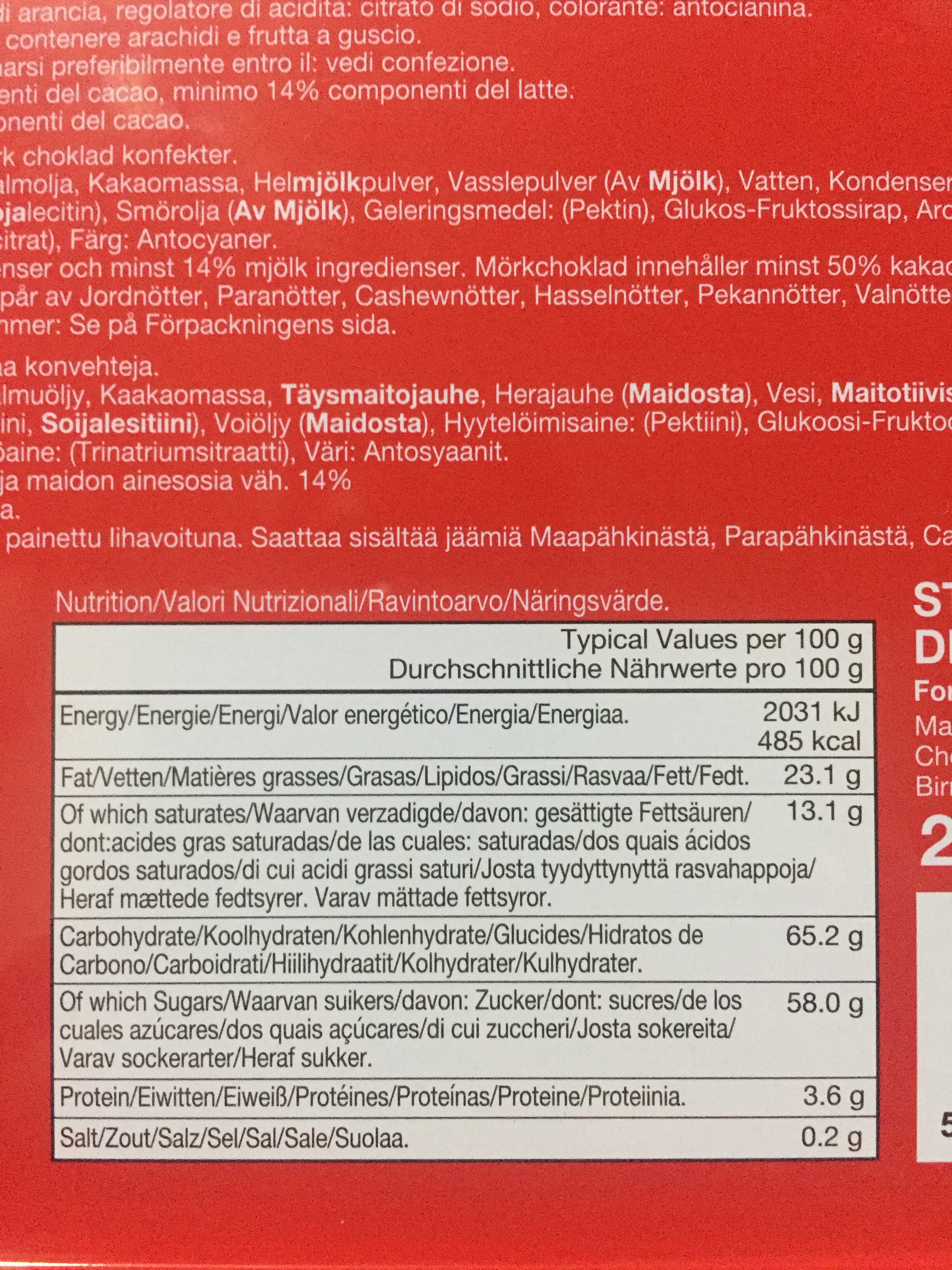Walkers - Family Chocolate Makers - 240g
Halaman produk ini tidak lengkap. Anda dapat membantu melengkapinya dengan menyunting dan menambahkan lebih banyak data dari foto yang kami sediakan, atau dengan mengambil lebih banyak foto menggunakan aplikasi yang tersedia untuk Android atau iPhone/iPad. Terima kasih!
×
Kode batang: 5011555041122 (EAN / EAN-13)
Kuantitas: 240g
Merek - merek: Family Chocolate Makers, Walkers
Kategori: en:Snacks, en:Sweet snacks, en:Cocoa and its products, en:Confectioneries, en:Chocolate candies, en:Bonbons, en:Assorted chocolate candies
Label, sertifikasi, penghargaan: en:Pure butter, en:Pure cocoa butter
Negara tempat dijual: Indonesia
Menyesuaikan dengan preferensi Anda
Lingkungan
Kemasan
Transportasi
Spesies terancam
Report a problem
Sumber - sumber data
Produk - produk ditambahkan pada oleh openfoodfacts-contributors
Penyuntingan terakhir halaman produk pada oleh aleene.
Halaman produk juga disunting oleh teolemon.
Jika data tidak lengkap atau tidak benar, Anda dapat melengkapi atau memperbaikinya dengan menyunting halaman ini.










